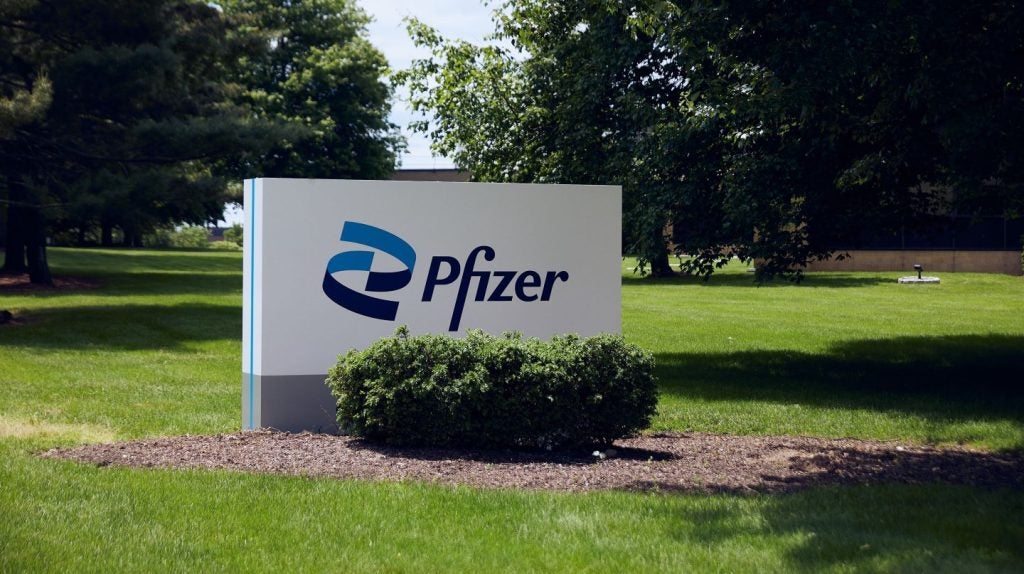The gene therapy for metachromatic leukodystrophy (MLD), Lenmeldy (atidarsagene autotemcel; also branded as Libmeldy in some markets), has become the most expensive drug on the market. Orchard Therapeutics (UK), which was recently acquired by Kyowa Kirin (Japan), set the US wholesale acquisition cost (WAC) of Lenmeldy at a staggering $4.25m for a one-time treatment. This is the highest cost of any treatment that has been approved by the FDA to date. Orchard Therapeutics launched Lenmeldy in the US as the first FDA-approved therapy for the treatment of children with MLD on 20 March 2024. This WAC price was based on an assessment by the Institute for Clinical and Economic Review (ICER), which determined the health benefit price benchmark (HBPB) for Lenmeldy to be up to $3.94m. This beats out the now second most expensive drug, CSL Behring’s (US) Hemgenix (etranacogene dezaparvovec), by almost $1m, which was priced at roughly $3.5m.
The high price was based on the benefit of the therapy concerning clinical, social, and economic factors. Despite MLD being a rare disease, with a diagnosis prevalence of 0.0001% in the US according to GlobalData databases, the availability of this gene therapy will vastly improve the lifespan of those affected. Lenmeldy is indicated for children with pre-symptomatic late infantile (PSLI), pre-symptomatic early juvenile, (PSEJ), or early symptomatic early juvenile (ESEJ) MLD, which are collectively referred to as early-onset MLD. The illness is caused by a deficiency of an enzyme called arylsulfatase A (ARSA), leading to a buildup of fatty substances in the cells. This gene is responsible for helping break down the harmful buildup of sulfatides that cause the progression of MLD. As a result of the gene’s absence, the central and nervous system are damaged, causing loss of motor and cognitive function. The treatment consists of a single dose infusion of individualised gene therapy, made from the patient’s haematopoietic stem cells (HSCs) that have been genetically modified to contain functional copies of the essential missing ARSA gene in patients with MLD.
MLD is a debilitating disease, with patients experiencing symptoms, including the loss of sensation, cognitive skills such as thinking and memorisation, motor skills, speaking and swallowing, paralysis, and ultimately death. Without the success of this gene therapy, infants diagnosed with MLD usually die by five years of age, patients with the juvenile form usually die within ten to 20 years following onset, and patients with the adult form typically die within 14 years of onset.
The efficacy of the drug was assessed using data from 37 children who received Lenmeldy in two single-arm, open-label clinical trials and in an expanded access program, with the average follow-up time being 6.76 years, making this the longest follow-up for a newly approved gene therapy. Lenmeldy was found to have significant positive outcomes in the clinical trials, where 100% of PSLI MLD patients who were treated with Lenmeldy were alive at six years of age, compared to only 58% of children in the comparator data (who did not receive the treatment). At five years of age, 71% of treated children were able to walk without assistance. Groundbreakingly, 85% of the children treated had normal language and performance IQ scores.
Lenmeldy is the first curative treatment for this disease, and will significantly reduce the burden of the disease if it is adequately accessible. Family and carers of children with MLD will be significantly unburdened as children will be able to live relatively normal lives, reducing the time and money spent on care and therapy, and reliance on the healthcare system will reduce dramatically. However, patients will have to return for life-long monitoring for haematologic malignancies, including a complete blood count (with differential) every year and integration site analysis, as warranted, for at least 15 years after treatment. Additionally, one analysis by Mohajer and colleagues found that the current average yearly cost of care for a patient with MLD is over $125,000. The high price point of the drug therefore reflects the quality-adjusted life years (QALY) gained from treatment with Lenmeldy as patients will be able to live a relatively normal life, and potentially work in the future.
See Also:
However, there are challenges in the gene therapy market, where treatment is incredibly expensive. Across Europe, Lenmeldy (branded as Libmeldy there) was marketed at a slightly lower price than in the US. GlobalData’s Price Intelligence (POLI) database showed that at the low end of the scale, the average therapy cost for Lenmeldy in Europe is in Germany at $2.4m, and the highest is in the UK at $3.1m. So far, Lenmeldy has been priced in Italy, Denmark, Germany, the UK, France, Norway, and the Netherlands, with patients in all countries except Spain receiving reimbursement. So far, Lenmeldy has only generated $12.7m in product sales across Europe, meaning just a handful of children with the disease received the treatment.
How well do you really know your competitors?
Access the most comprehensive Company Profiles on the market, powered by GlobalData. Save hours of research. Gain competitive edge.

Thank you!
Your download email will arrive shortly
Not ready to buy yet? Download a free sample
We are confident about the unique quality of our Company Profiles. However, we want you to make the most beneficial decision for your business, so we offer a free sample that you can download by submitting the below form
By GlobalDataDespite the need for this treatment and its high price tag, other gene therapies are predicted to have greater success in the rare disease market. For example, Hemgenix is predicted to generate billions in sales, with GlobalData forecasting sales of $932m in 2030. Alternatively, Lenmeldy is forecasted to reach $114m in 2029. If Lenmeldy is to reach its patients and be a key effective treatment, there must be adequate early diagnosis testing during early childhood, similar to the commonly practised heel prick test seen for spinal muscular atrophy (SMA) and its associated treatment with the gene therapy Zolgensma.
Lenmeldy is being made available to patients across the US in five qualified treatment centres (QTC) to reduce travel time for patients and their families. M Health Fairview Masonic Children’s Hospital in Minnesota is in the final stages of qualification but has already treated several children with MLD on a compassionate use basis. The other treatment centres, also currently undergoing qualification, include Children’s Healthcare of Atlanta, Children’s Hospital of Philadelphia, Texas Children’s Hospital, and UCSF Benioff Children’s Hospital San Francisco, providing greater access opportunities for treatment.
This article is produced as part of GlobalData’s Price Intelligence (POLI) service, the world’s leading resource for global pharmaceutical pricing, HTA and market access intelligence integrated with the broader epidemiology, disease, clinical trials and manufacturing expertise of GlobalData’s Pharmaceutical Intelligence Center. Our unparalleled team of in-house experts monitor P&R policy developments, outcomes and data analytics around the world every day to give our clients the edge by providing critical early warning signals and insights. For a demo or further information, please contact us here.










Related Company Profiles
Orchard Therapeutics Plc
Kyowa Kirin Co Ltd